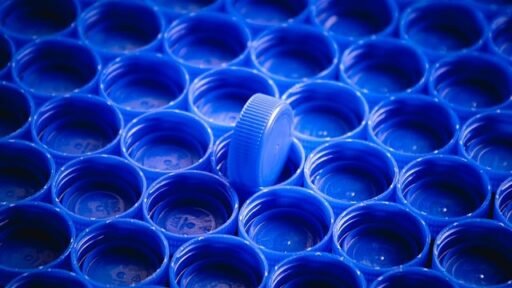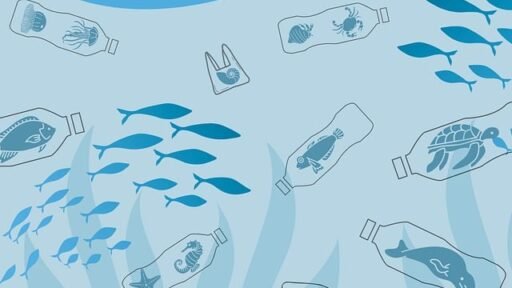## Decoding the Plastics Puzzle: A Guide to Understanding Resin Codes
We encounter plastic every day, from our morning coffee cups to our evening takeout containers. This ubiquitous material, while convenient, has a dark side: its impact on the environment. Understanding the different types of plastic, and how they can be recycled (or not), is crucial for making responsible choices. This guide will equip you with the knowledge to navigate the world of plastics and make informed decisions for a healthier planet.
### ## The Resin Code System: Your Key to Plastic Identification
Have you ever noticed the numbers nestled within a triangle on the bottom of plastic products? These numbers, ranging from 1 to 7, are not random. They represent the **resin identification code**, a system developed to categorize plastics based on their chemical composition and recyclability.
### ### 1: PET or PETE (Polyethylene Terephthalate)
PET, often seen in single-use water bottles, soda bottles, and food trays, is designed for one-time use. **This is because PET can leach harmful chemicals after multiple uses.** However, it boasts a high recyclability rate. When recycled, PET can be transformed into fleece, carpet fibers, and even new food packaging.
**Transitioning to our next category, we encounter a plastic known for its durability.**
### ### 2: HDPE (High-Density Polyethylene)
HDPE is a robust plastic commonly used for milk jugs, shampoo bottles, and detergent containers. **Its strength and resistance to moisture make it a popular choice for packaging.** HDPE is also highly recyclable and can be repurposed into items like picnic tables, fencing, and even playground equipment.
**Moving along the spectrum of plastics, we encounter a type with more limited recyclability.**
### ### 3: PVC (Polyvinyl Chloride)
PVC, found in pipes, flooring, and some food packaging, is known for its durability and versatility. **However, PVC is not easily recyclable and can release harmful chemicals during its lifecycle.** Due to these concerns, many manufacturers are seeking alternatives to PVC.
**Shifting our focus, we encounter a plastic often associated with flexibility.**
### ### 4: LDPE (Low-Density Polyethylene)
LDPE, used for bread bags, squeezable bottles, and some types of cling film, is flexible and resistant to tearing. **While LDPE is not as widely recycled as PET or HDPE, some programs do accept it.** Check with your local recycling guidelines to see if LDPE is accepted in your area.
**Our next category highlights a plastic known for its heat resistance.**
### ### 5: PP (Polypropylene)
<img src="https://example.







